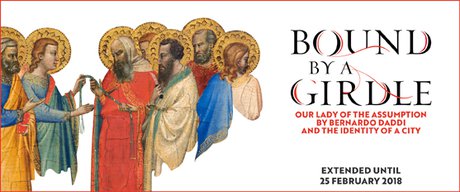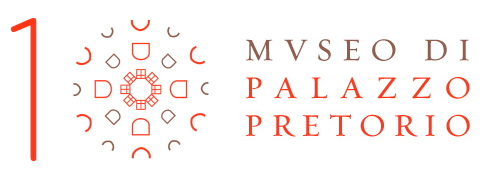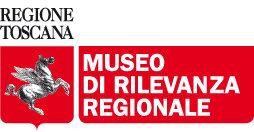Bound by a Girdle
From 8 September 2017 to 25 February 2018

A religious and civic symbol, heart of the artistic experiences of Prato and cornerstone of its identity: the Holy Girdle, the belt of the Virgin kept in the Cathedral, which for centuries was the most precious treasure of Prato, will be the focus of the new exhibition of the Museum. The exhibition Bound by a Girdle – Our Lady of the Assumption by Bernardo Daddi and the identity of a city, will be inaugurated on the 8th September in the spaces recovered in the adjacent building of the pawnshop.
A theme, that of Prato relic, which allows to turn an intense beam of light on an age of great prosperity for Prato, the fourteenth century, starting from commissions to first order artists like the sculptor Giovanni Pisano and the painter Bernardo Daddi, who gave resonance to the Marian devotion in Prato as a true civic worship. The exhibition is inspired by that precious symbol of undeniable identity value, to weave the threads of a story about the city and its rich heritage of culture and beauty, which is guarded on the territory and recognizable beyond the local borders.
Legend, art and tradition - The origin of the sacred belt worship is rooted in the twelfth century. The legend tells that the belt, given to St. Thomas by the Virgin at the time of the Assumption, was brought to Prato in 1141 by Prato merchant Michael, who donated it at his death, in 1172, to the parish priest. Between thirteenth and fourteenth centuries the relic became a real mark of election of the city - sanctified by a so precious relic which came miraculously from the Holy Land - and the engine of the artistic experiences of Prato.
The panel by Bernardo Daddi - One of the most prestigious images of the fourteenth century dedicated to Our Lady of the Assumption and to the miraculous gift of the Girdle to the incredulous St. Thomas is the altarpiece by Bernardo Daddi commissioned in 1337-1338. The work over time was dismembered and its complicated diaspora made lose awareness of its importance. The exhibition will allow to admire again the entire monumental work painted by Daddi, bringing together its parts which originally included a double predella with the history of the belt journey and its arrival in Prato (kept in the Museum) and the parallel migration of St. Stephen body from Jerusalem to Rome, to reunite it to that of St. Lawrence (kept in the Vatican Museums), and an ending part with Our Lady of the Assumption giving the Girdle to St. Thomas (kept at the Metropolitan Museum in New York).
Around this reconstruction will be illustrated the fortune in Tuscany of iconography that bound the death of the Virgin and her assumption into heaven. Some thirteenth-fourteenth century girdles will document the beauty of this kind of artifacts, accurately reproduced in the very elegant St. Catherine painted by Giovanni da Milano in the polyptych for the Hospital of Misericordia, one of the masterpieces of the Palazzo Pretorio Museum. Besides the two predellas by Daddi other works will enhance the fine narrative vein of this painter of the Giotto school. A wide range of paintings, sculptures and miniatures will show different elaborations of the theme concerning Our Lady of the Assumption giving the belt, starting from the loan of the eponymous relief by the Master of Cabestany, a Romantic sculptor working in the Roussillon and in Tuscany, first mention of the theme of the Girdle.
The Cathedral of Prato is integral part of a route that will allow the visitors to enter the chapel of the Girdle, usually precluded to visits, and admire the cycle of frescoes by Agnolo Gaddi.
In addition to the solemn displays, the Girdle was often shown to popes, princes or courtiers and, for the recognized miraculous power, it was displayed during epidemics and other disasters to call down the help of the Madonna. A series of written and visual testimonies that accompanied the worship of the Girdle itself, the furnishings for its safekeeping and display will help to understand the spectacular relic which relied the deepest identity and pride of a whole city.

